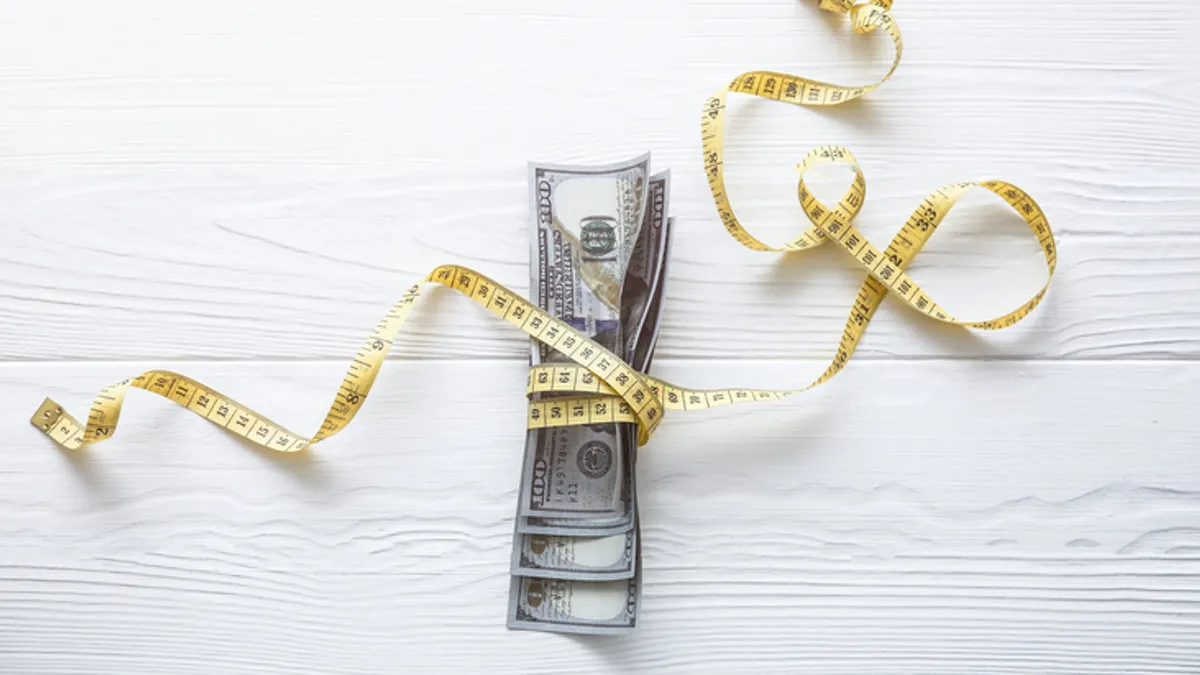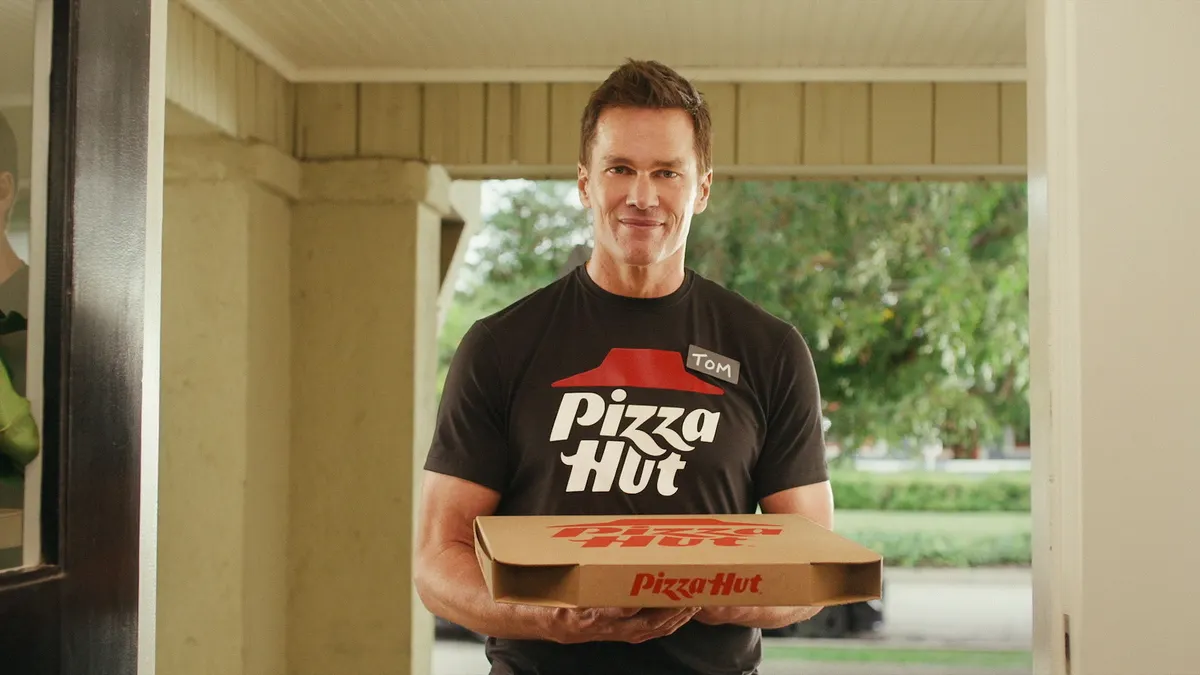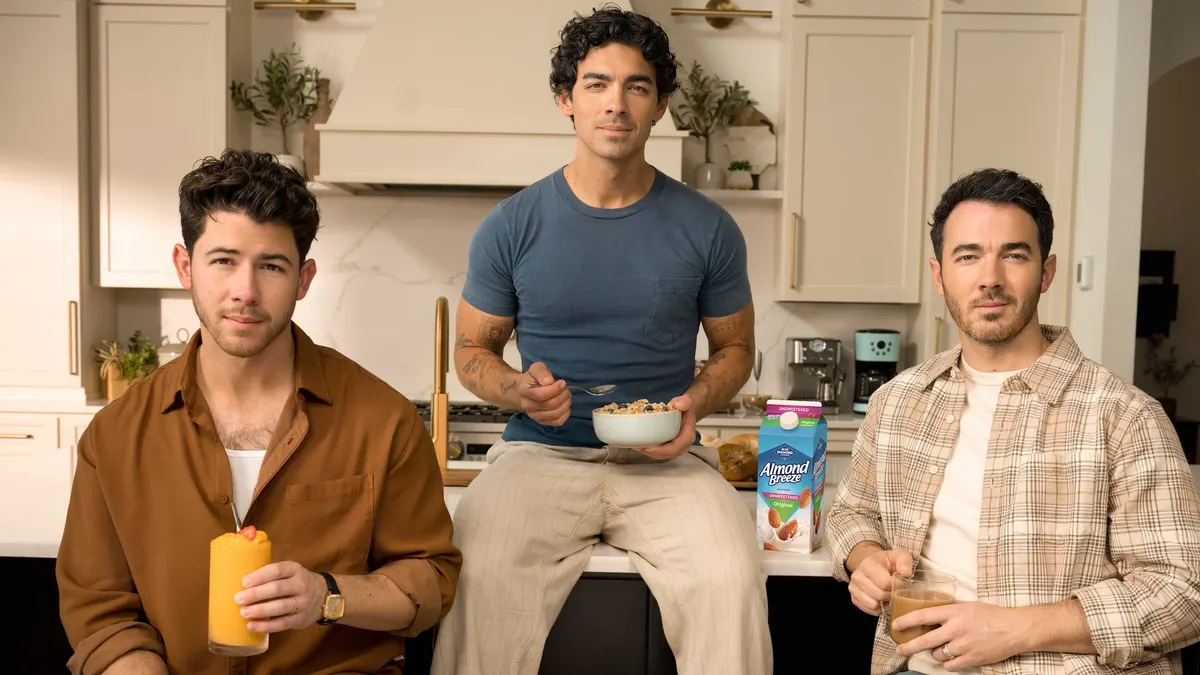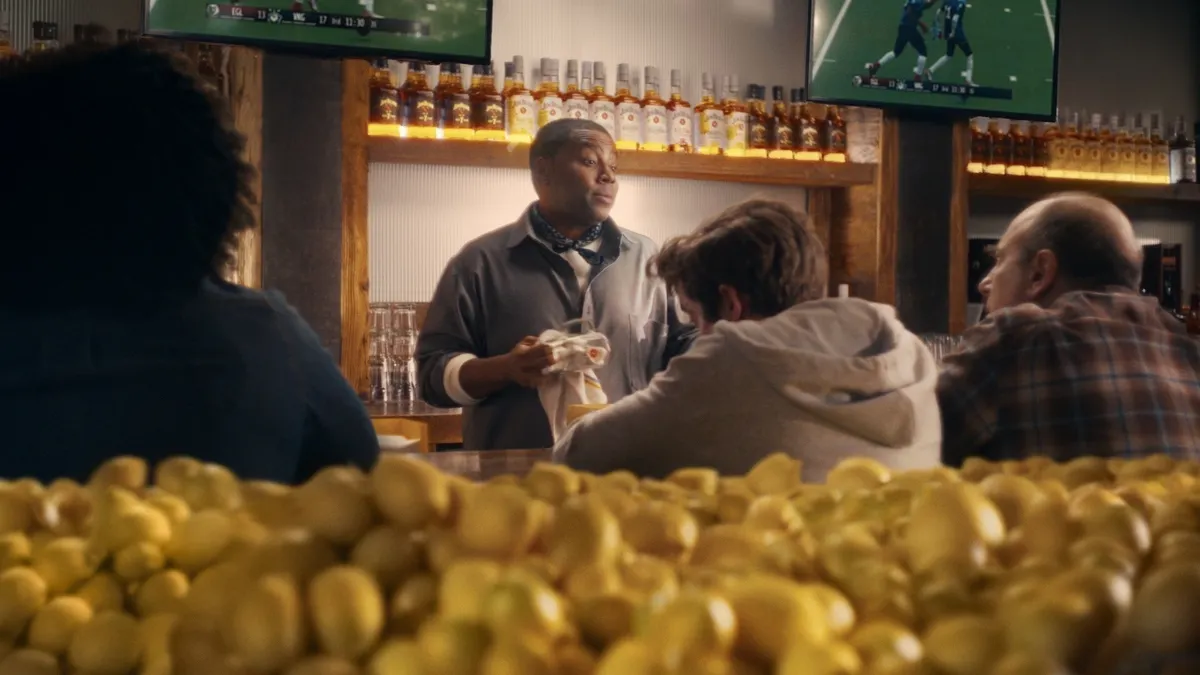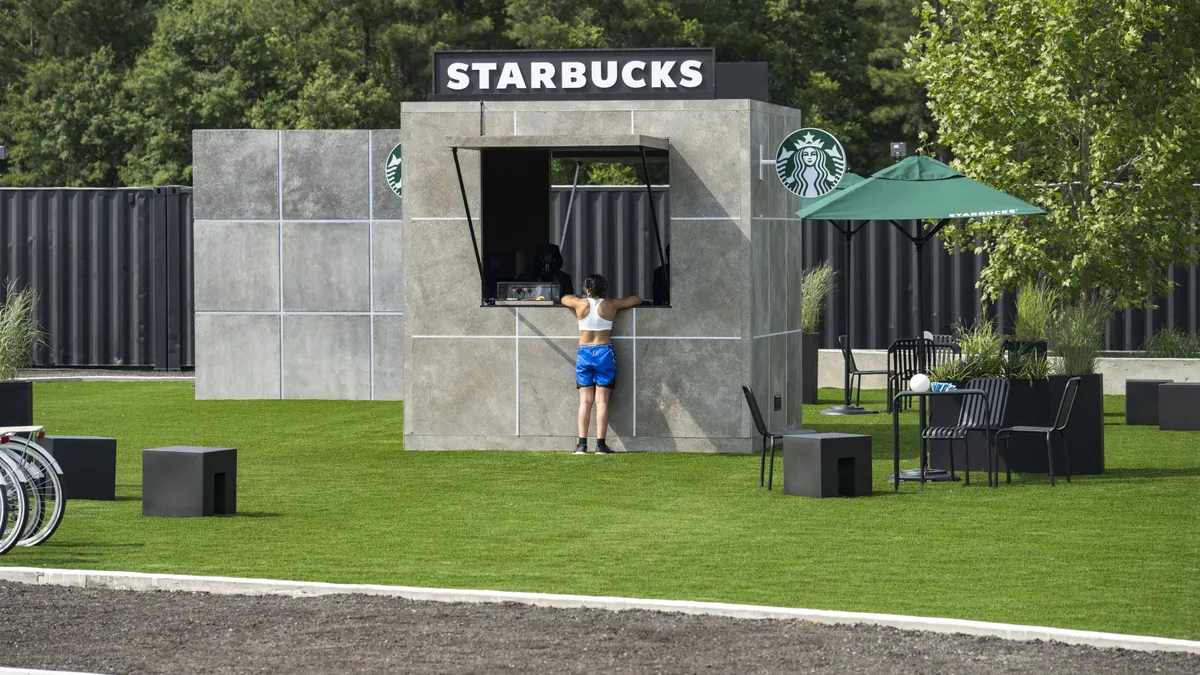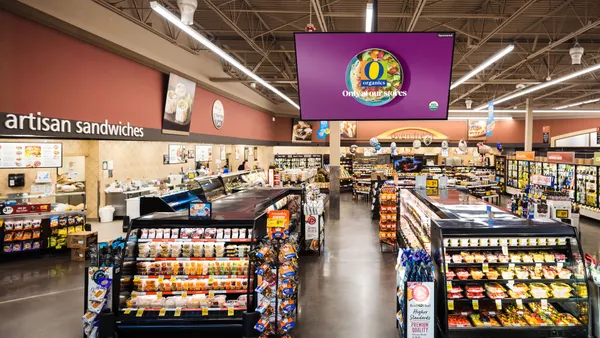NEW YORK — The issue of retail media standardization continues to swirl as meteoric growth collides with boiling frustrations from advertisers pouring budgets into the channel. Hashing out the specifics of standardization was certainly a thread running through the Interactive Advertising Bureau’s first Connected Commerce Summit on Wednesday (Sept. 13), an event created, in part, to devise best practices around retail media.
Looming over the gathering was the tension that the current state of retail media is not sustainable for many advertisers — “untenable” was the term one brand executive used — and that winners and losers among the retail media networks might be clearly delineated in the near future as buyers are pushed to be more deliberate about where they spend.
“I often talk about this space being either ripe for consolidation or evaporation,” said Katie Neil, director of connected commerce at The Coca-Cola Company, during a panel. “Consolidation meaning: Getting to the [level of] standardization where there are governing bodies or groups or larger platforms that allow metrics to be published just outside of the silos of where they stay.”
The soft drink executive called out new network entrants that launch with a startup mentality and lack the sophistication of more established players, suggesting they could fall to the back of the pack. Marketers being more selective in their pick of partners comes as many grapple with a tumultuous macroeconomic picture.
“The margin pressures that the industry, that brands are facing, that is not going away,” said Raquel Navarrski, customer vice president of e-commerce pure play at General Mills, on stage with Neil. “Marketing budgets, in general, [are] one of those big-ticket line items that brands — that we — are being asked to justify more and more.”
Such sentiments echo those of other brand stewards who have found navigating the retail media landscape increasingly cumbersome as networks proliferate, each carrying their own set of rules and even different definitions of the same verbiage.
“It is incredibly frustrating for everybody ... because of the consistency in language that’s used, but the inconsistency of practice on the back side,” said Cara Pratt, senior vice president of Kroger Precision Marketing at 84.51˚, the retail media unit of grocery giant Kroger, at the show.
“If we can't get clear as retailers, we cannot expect brands to be confident and trust the business outcomes that we’re telling them they’re realizing,” Pratt added.
Consistency is key
Standardization, in theory, solves some of these complexities through a set of shared expectations around areas like advertising formats and measurement, the latter a focus of the IAB at the moment. Ironing out standardization this early in retail media’s evolution would also differentiate the channel’s trajectory from the messy histories of digital and social media. Retail media has promised to deliver better performance than the old guard, so why shouldn’t that be true on the reputation front as well?
“The inconsistency and measurement standards across the digital ad ecosystem have been a challenge, and now we’re at this precipice where we don’t have to hold onto history,” said Pratt. “But that takes consistency, continuity and transparency to create that trust and connection.”
In reality, many brands view retail media networks as having a ways to go in achieving the right level of continuity. Some industry watchers have also expressed heavy skepticism as to whether the largest and most influential retail media networks, including Walmart and Amazon, have a meaningful incentive to sign on to standardization.
“Their dominant market position will diminish any interest in aligning with new industry standards, much like we’ve seen in the social media space where platforms like Snapchat, TikTok and Instagram operate without universal standardization,” said Andy Friedland, chief revenue officer at the grocery technology platform Swiftly, over email.
Communication breakdown
The IAB used the confab to detail new research around perceptions of retail media from the perspective of both buyers and network owners, along with releasing measurement standards for public comment, part of the groundswell to bring more unity to a highly fragmented ecosystem.
The group’s report found that 60% of ad buyers view “collaboration and communication” with their network partners among their biggest hurdles, and only one in 10 said they were “very satisfied” with their current arrangements on this front. Other top challenges include resolving complexity in retail media buying (cited by 69%), crafting measurement standards (62%) and improving transparency (58%). Still, the IAB forecasts retail media will generate $45 billion in revenue in 2023 and $107 billion within the next five years, poising it to topple traditional TV.
Representatives from the organization took time to push back against the growing conception that retail media is viewed as a tax or cost of doing business among advertisers. The report noted that “only” 28% of surveyed buyers said a top reason they are investing is because it is part of their retailer ad spending requirements while 55% cited reaching incremental audiences and 52% pointed to leveraging first-party data.
“I do believe there is a little bit of a truth in the numbers there,” said Chris Bruderle, vice president of industry insights and content strategy at the IAB, when presenting the findings.
Still, it’s clear that many advertisers are reaching a line-in-the-sand moment with retail media. The coming months will tell whether retailers can meaningfully address a host of concerns quickly or miss out on a lucrative monetization opportunity.
“I think you’ll really start to see brands or advertisers making decisions,” said Coke’s Neil. “We need to have the results-focused, data-focused conversations to continue investments. And if the transparency and data and measurement [are] not clear, there are going to be some retail media networks that will be left behind.”


